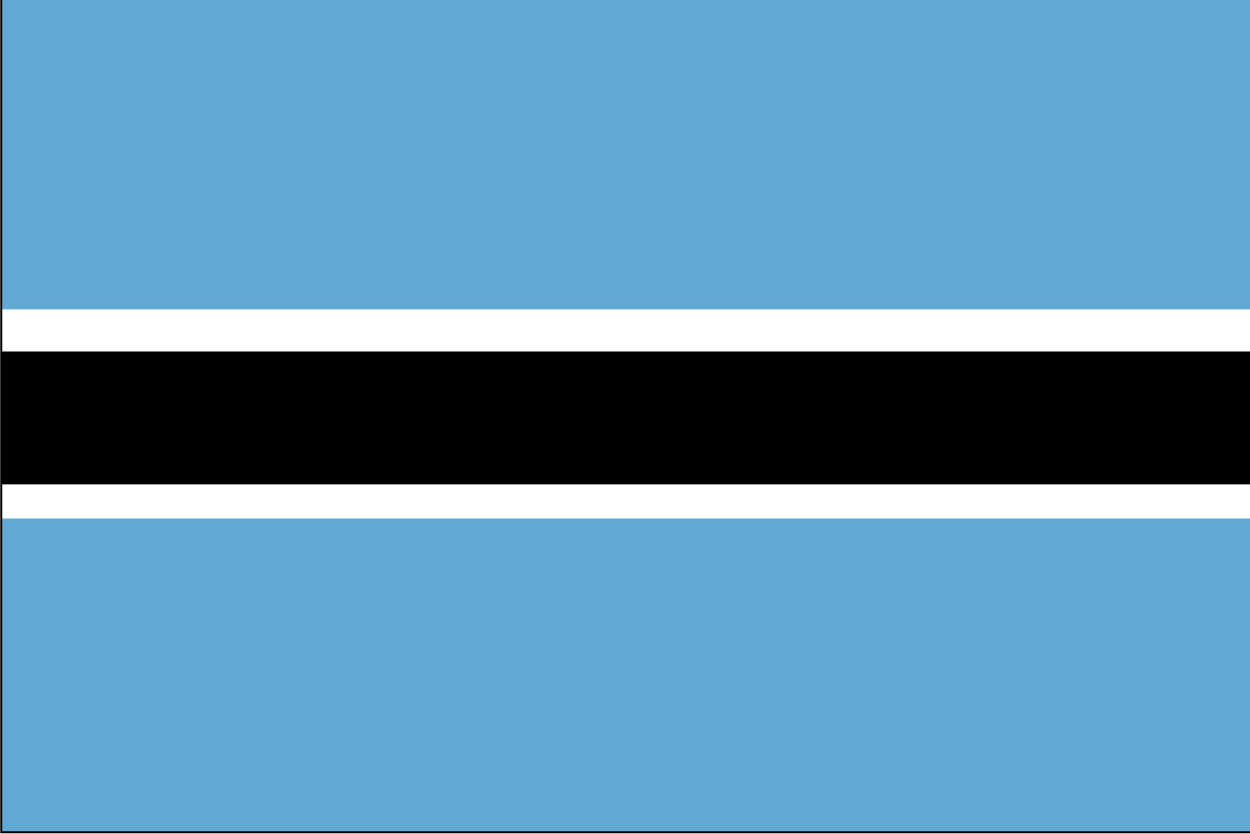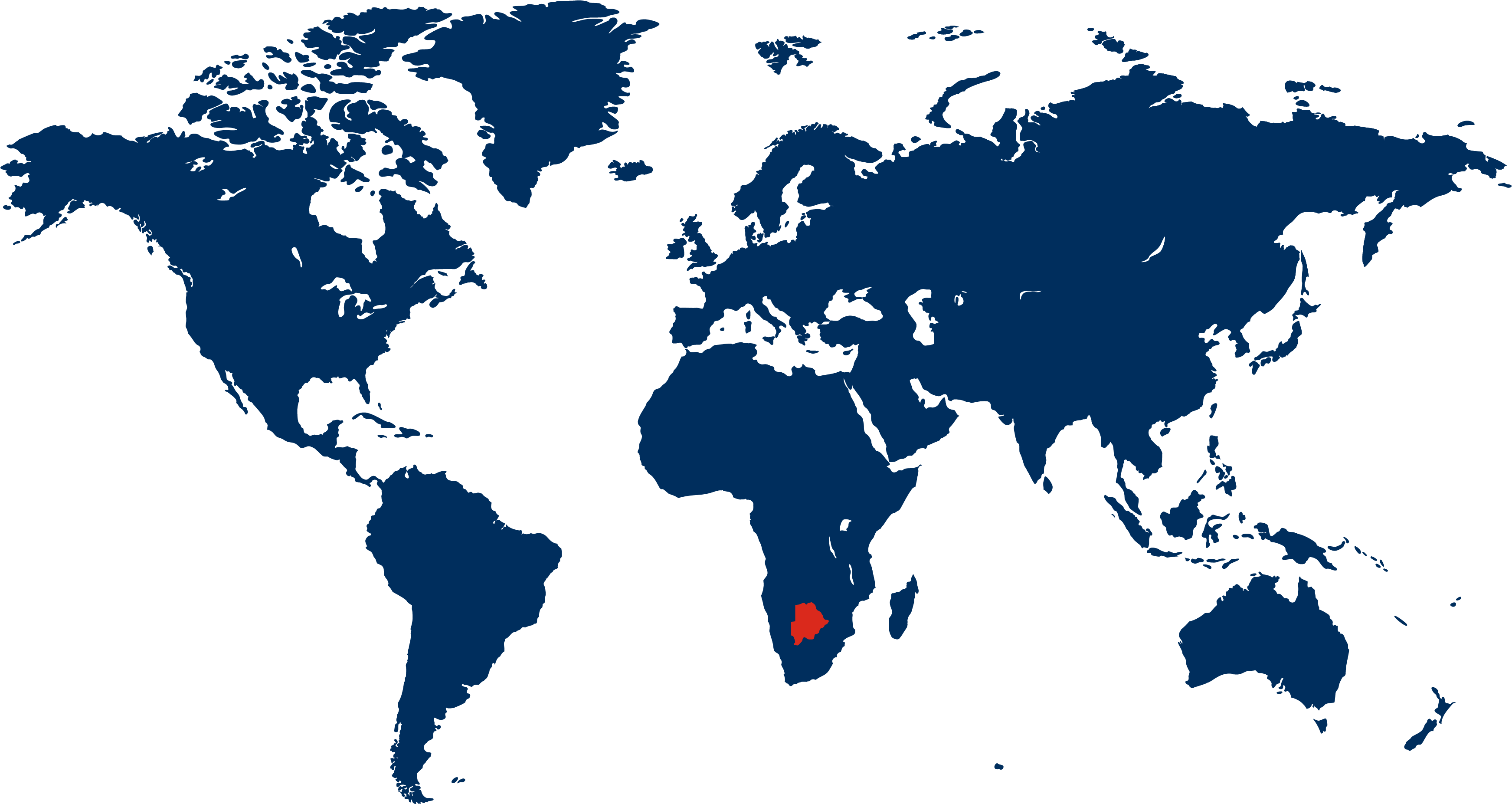Botswana Travelogue
Articles
Travelogues
View more from News & Articles or Primerus Weekly

By Tom Kirvan
Botswana, a landlocked country in Southern Africa, is home to approximately 2.4 million people, including 21-year-old track star Letsile Tebogo, who won the 200-meter sprint title at the Paris Olympics in August, becoming the first gold medalist from his native land.
Despite its relatively small population, Botswana is known for its political stability and strong sense of national identity. The majority of the population belongs to the Tswana ethnic group, while other groups include the Kalanga, Basarwa (San), and various smaller ethnic communities. English is the official language, used in government and education, while Setswana is the national language, spoken by the majority of the population. Botswana's population is concentrated in urban areas like Gaborone, Francistown, and Maun, while vast stretches of the country remain sparsely populated, particularly in the Kalahari Desert region.
Botswana spans an area of about 225,000 square miles, characterized by a variety of landscapes that include deserts, savannas, and wetlands. The Kalahari Desert, which covers much of the country, is one of Botswana's most defining geographic features. Despite its arid conditions, the Kalahari supports a unique ecosystem, with species such as the meerkat and gemsbok thriving in the region. In contrast, the Okavango Delta, a UNESCO World Heritage site, is a vast inland delta that creates a lush, green oasis in the northwestern part of the country. The delta is fed by seasonal rains, transforming the landscape into a haven for wildlife. Botswana's climate is generally semi-arid, with hot summers and mild winters, and the country experiences a rainy season from November to March.
Botswana's history is marked by its transition from a British protectorate to an independent and prosperous nation. The area now known as Botswana was originally inhabited by the San people, followed by the arrival of Bantu-speaking groups, including the Tswana, in the first millennium AD. In the late 19th century, the territory came under British protection as the Bechuanaland Protectorate, a status it maintained until gaining independence in 1966. Upon independence, Botswana faced significant challenges, including poverty and limited infrastructure, but under the leadership of its first president, Sir Seretse Khama, the country pursued policies that prioritized economic development and good governance. Today, Botswana is celebrated as one of Africa's most stable democracies and has made remarkable progress in areas such as education, health care, and economic growth.


Capital: Gaborone
Population: 2.4 million
Primary Religion: Christianity
Economic engines: Diamond mining and eco-tourism
Must-see Attraction: Okavango Delta
Primerus Member: Brown and Company Attorneys
Brown and Company Attorneys, located in Gaborone, specialize in all facets of criminal defense work.
Botswana has one of the highest per capita incomes in Africa, largely due to its rich natural resources, particularly diamonds. The discovery of diamonds in the 1960s transformed the country’s economy, enabling significant investments in infrastructure, education, and social services. The diamond industry continues to be the backbone of the economy, accounting for a substantial portion of government revenue and export earnings. In addition to diamonds, Botswana’s economy is supported by tourism, particularly eco-tourism centered around its wildlife and natural beauty. The agricultural sector, although small, remains important, with cattle farming being a traditional economic activity. Botswana also has made strides in diversifying its economy, with efforts to develop sectors such as financial services, technology, and manufacturing.
Gaborone, the capital city of Botswana, is also its most populous urban center, with over 230,000 people. Located near the country’s southeastern border with South Africa, Gaborone is the political and economic heart of Botswana. The city is known for its modern infrastructure, government buildings, and vibrant business environment. Key landmarks include the National Assembly, the Botswana Stock Exchange, and the Gaborone Dam. Gaborone is also home to the University of Botswana and several cultural institutions, including the National Museum and Art Gallery.
Top 5 Must-See Tourist Destinations